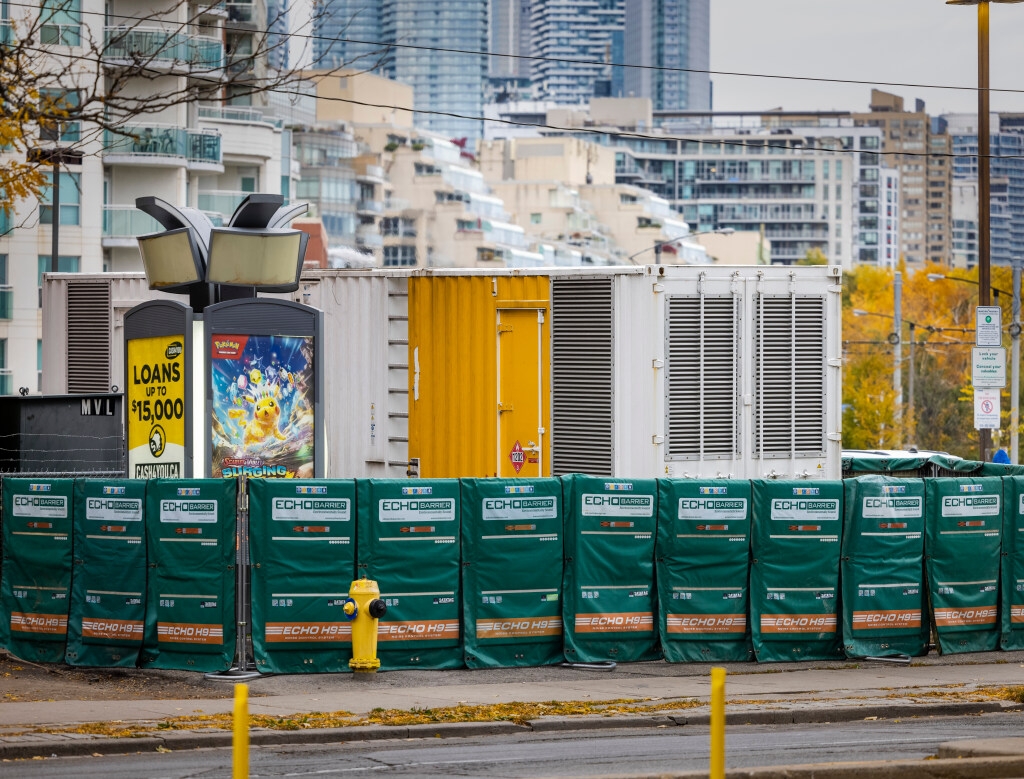A relentless, low hum has settled over a quiet corner of Toronto, emanating from a generator the size of a transport trailer. It’s been powering a homeless shelter on Bathurst Street, near Lake Shore Boulevard, since mid-October, an imposing presence amidst surrounding condominiums and the peaceful Little Norway Park.
The sound isn’t the typical city din of traffic or airplanes. It’s a persistent, low-frequency vibration that travels through walls and windows, subtly disrupting focus and peace. Residents describe it as a constant pull on their attention, particularly noticeable during the quiet of the night.
The power outage at the shelter, located at 545 Lake Shore Boulevard, stems from an issue with city-owned equipment currently undergoing repair. While officials anticipate restoration this week, the generator remains a temporary, and unwelcome, fixture in the neighborhood.

City Hall acknowledges the disruption to both shelter residents and the surrounding community. Efforts to mitigate the noise include the installation of chest-high sound barriers, but many feel these measures are insufficient, especially for those living in the high-rise buildings overlooking the generator.
The current barriers fail to address the fundamental problem: sound travels in a straight line. A truly effective solution would require a complete enclosure, accounting for the generator’s heat output, to block the pervasive hum.
Beyond the noise, concerns extend to broader issues within Little Norway Park. Like many Toronto green spaces, it has seen an increase in encampments since the pandemic, leading to complaints of vandalism and drug use from some residents.

This situation reflects a city-wide shift in approach to addressing homelessness. Toronto is now prioritizing shelters in residential areas, recognizing that the need exists throughout the city, not just downtown. This means more Torontonians are living in close proximity to facilities housing vulnerable populations.
The shelter on Lake Shore, a former television station slated for future condominium development, has faced previous challenges, including a week-long water outage earlier this year. These issues highlight the complexities of rapidly repurposing buildings to meet urgent social needs.
The noise concerns aren’t isolated to this location. Residents near a shelter on Adelaide Street West are similarly battling the constant drone of a newly installed HVAC system. One resident described the noise as unbearable, forcing her to keep her windows closed and prompting a lengthy correspondence with city officials.

These situations underscore a growing tension: the urgent need for shelter services and the impact those services have on the quality of life for established communities. The hum of the generator, and the complaints it generates, are a symptom of a larger, more complex challenge facing the city.





